Introduction
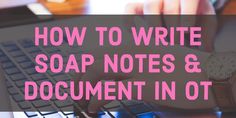
Table of Contents
Accurate and detailed nursing documentation is the cornerstone of safe and effective patient care. It serves as a vital communication tool, a comprehensive record of a patient’s journey, and a critical element in ensuring quality care. Nursing documentation goes beyond simply recording facts; it paints a clear picture of a patient’s condition, interventions performed, and responses to treatment. This detailed information is essential for promoting patient safety, fostering continuity of care, and upholding ethical and legal standards within the healthcare system.
However, navigating the complexities of nursing documentation can be challenging. This article will equip nurses with best practices to ensure their documentation is accurate, detailed, and contributes to optimal patient outcomes. We will explore the key elements of effective documentation, dive into strategies for overcoming common challenges, and highlight the importance of clear, concise communication within the medical record. By adhering to best practices, nurses can transform documentation from a burden into a powerful tool for achieving the highest quality of care.
The Importance of Accurate Documentation
Accurate nursing documentation plays a crucial role in ensuring the safety and well-being of patients. It acts as a bridge between healthcare professionals, fostering seamless communication and collaboration within the healthcare team. Through thorough and detailed nursing documentation, nurses effectively communicate a patient’s condition, interventions performed, and responses to treatment. This clear picture allows physicians, therapists, and other healthcare providers to stay informed, make informed decisions about a patient’s care plan, and ensure all team members are on the same page.
Furthermore, accurate nursing documentation is considered the cornerstone of continuity of care. As patients transition between different healthcare settings or encounter different nurses during their care journey, comprehensive documentation ensures a smooth handover of information. Incoming nurses can readily understand the patient’s history, current status, and past interventions, allowing them to pick up seamlessly and provide the best possible care. This continuity minimizes confusion and potential errors, ultimately safeguarding patient safety.
Beyond communication and continuity, accurate nursing documentation plays a vital role in identifying potential risks and ensuring patient safety. By thoroughly documenting a patient’s assessment findings, vital signs, and responses to medications, nurses can identify early signs of deterioration or potential complications. This timely documentation allows for prompt intervention and adjustments to the care plan, minimizing the risk of adverse events.
Nursing documentation also serves as a medicolegal record. In the unfortunate event of a legal proceeding, detailed and accurate documentation provides a clear timeline of care and protects both the healthcare facility and the nurse by demonstrating adherence to best practices and established protocols. Additionally, accurate documentation plays a crucial role in reimbursement processes, ensuring healthcare facilities receive proper compensation for services rendered.
Key Elements of Effective Nursing Documentation
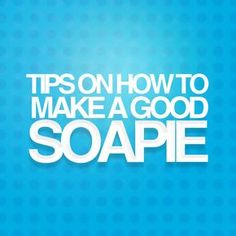
Nursing documentation serves as a vital record of a patient’s healthcare journey, and its effectiveness hinges on incorporating key elements for clarity, accuracy, and completeness. Standardized charting is a cornerstone of effective documentation. Standardized charting utilizes pre-defined templates or formats, ensuring consistency across different nurses and healthcare settings. This consistency promotes clarity in communication and minimizes the risk of misinterpretation. For example, many facilities utilize the SOAP (Subjective, Objective, Assessment, Plan) format, which provides a structured framework for documenting a patient’s history, objective findings, nurse’s assessment, and planned interventions.
Timeliness is another crucial element in effective nursing documentation. Charting should be completed as close to the point of care as possible, avoiding the pitfalls of “charting by recall.” Recalling events after the fact can lead to inaccuracies and omissions in documentation. By prioritizing timely documentation, nurses ensure a clear and accurate representation of the patient’s condition and interventions performed.
A comprehensive nursing assessment forms the foundation of effective documentation. This assessment typically includes vital signs (blood pressure, temperature, pulse, respiration), pain assessment, oxygen saturation, and other relevant findings based on the patient’s condition. Documenting these findings provides a baseline for monitoring changes and evaluating the effectiveness of interventions.
Following the initial assessment, properly documenting interventions and patient responses is paramount in nursing documentation. This includes detailed information on medications administered (dosage, route, time, and patient response), procedures performed (steps taken, complications encountered), and any changes in the patient’s condition after an intervention. The more detailed the documentation, the clearer the picture of the patient’s response to treatment and the better equipped the healthcare team is to make informed decisions about their care.
Nursing documentation should also capture patient education and communication effectively. This includes documenting the topics discussed with the patient, the patient’s understanding level, and any questions or concerns they may have. Documenting these interactions demonstrates the nurse’s commitment to patient education and shared decision-making.
Finally, even in the unfortunate event of an error or incident, proper documentation is crucial. Nursing documentation should record errors or incidents objectively, focusing on the facts and avoiding assigning blame. The focus should be on what happened, how it was addressed, and any corrective measures taken to prevent future occurrences. By documenting errors transparently, nurses contribute to a culture of safety and continuous improvement within the healthcare setting.
Best Practices for Accurate Nursing Documentation
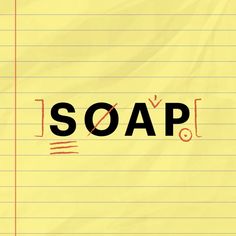
While the key elements of effective documentation provide a strong foundation, adhering to best practices ensures nursing documentation reaches its full potential in promoting patient safety and quality care. One of the most critical best practices is maintaining clarity and accuracy in communication. Nursing documentation should utilize clear, concise, and objective language, avoiding medical jargon whenever possible. While some medical terminology may be necessary, focusing on plain language ensures clear understanding for all members of the healthcare team, regardless of their specialty. This clarity minimizes the risk of misinterpretation and promotes effective communication.
However, clarity extends beyond language choice. Accurate medication documentation is paramount in nursing documentation. This includes recording the precise medication name, dosage, route of administration (e.g., oral, intravenous), and administration time. Any deviations from the prescribed medication regimen should also be clearly documented, along with the rationale for the change. Accurate medication documentation is a cornerstone of patient safety, as it ensures patients receive the correct medication in the right dose at the intended time.
Abbreviations and symbols can be helpful tools for saving time and space in nursing documentation. However, their improper use can lead to confusion and errors. Always adhere to established facility guidelines for abbreviations and symbols. If unsure about a specific abbreviation, spell it out in full to avoid any misunderstandings.
Furthermore, legibility and proper grammar are essential for effective nursing documentation. Handwritten documentation should be neat and easy to read, while electronic documentation should be free of typos and grammatical errors. A professional and well-presented documentation style fosters trust and ensures the information is taken seriously by all healthcare providers who access the medical record.
Time management plays a crucial role in ensuring timely and accurate nursing documentation. Nurses often juggle multiple competing demands, making it challenging to dedicate time for comprehensive documentation. However, developing effective time management strategies is essential. Consider utilizing downtime between patient interactions or charting during breaks to capture key information. Prioritizing documentation tasks and allocating dedicated time slots can also help ensure timely completion without compromising accuracy.
The use of technology for nursing documentation is rapidly evolving. Electronic medical records (EMRs) offer several potential benefits, such as improved legibility, easier access to information, and reduced errors through pre-populated fields and drop-down menus. However, EMRs also present challenges, such as potential distractions and the risk of charting by rote without fully analyzing the information being entered. Nurses must navigate these challenges and leverage the benefits of technology to enhance, not replace, critical thinking and accurate documentation practices.
Overcoming Challenges in Nursing Documentation
Despite its importance, nursing documentation can be hindered by various challenges. Time constraints and heavy workloads are frequent culprits. Nurses often juggle multiple patients with complex needs, leaving limited time for detailed documentation. However, overcoming these challenges is crucial for patient safety and quality care.
Several practical tips can help nurses navigate these obstacles. Utilizing downtime effectively is key. Even short breaks between patient interactions can be used to capture vital signs, medication administration details, or brief progress notes. Prioritizing documentation tasks is also essential. Identify critical information that needs to be documented immediately and tackle those tasks first. Delegating non-essential tasks to colleagues when possible can also free up valuable time for documentation.
Furthermore, effective communication with colleagues and supervisors plays a vital role in overcoming challenges in nursing documentation. Nurses should not hesitate to discuss workload concerns and documentation time constraints with their charge nurses or unit managers. Open communication allows for collaborative solutions, such as adjusted scheduling or additional support staff to alleviate documentation burdens. Additionally, seeking guidance from experienced colleagues or educators can provide valuable tips and best practices for efficient and accurate documentation. By working together, nurses can overcome documentation challenges and ensure the medical record serves its vital role in promoting safe and effective patient care.
Conclusion
Accurate nursing documentation is the bedrock of safe, effective, and patient-centered care. This article has explored the key elements and best practices that empower nurses to create clear, concise, and comprehensive records. From the importance of standardized charting and timely documentation to the meticulous recording of interventions and patient responses, adhering to these best practices ensures a transparent and informative picture of the patient’s journey.
However, the pursuit of excellence in documentation is an ongoing process. Nurses are encouraged to continuously seek learning opportunities to stay abreast of evolving standards and best practices. Many professional organizations and healthcare facilities offer resources and training programs specifically focused on nursing documentation. By embracing continuous learning and applying the best practices outlined in this article, nurses can transform nursing documentation from a burden into a powerful tool for optimizing patient outcomes and ensuring the highest quality of care.
Confident Documentation Starts Here! Check out our comprehensive SOAP note writing services and personalized support ensure you excel in your clinical placements.






